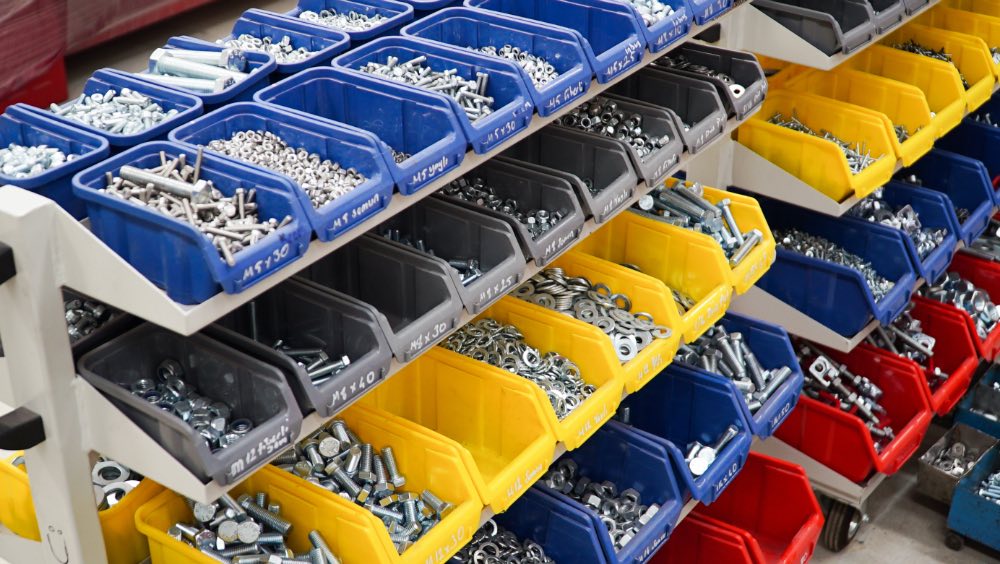
Depreciation is the allocation of the cost of a physical asset over its expected life. It’s a way of estimating how much of the asset has been used up. Depreciable assets include things like buildings, vehicles and equipment and there are a few ways to record depreciation on your tax return.
SECTION 179 DEDUCTION
For certain new asset purchases made for business use, you don’t have to depreciate the asset over its useful life. Instead you can claim the Section 179 deduction to deduct the entire purchase price as a tax deduction in the year you made the purchase. There are limitations to the amount you can write off and what types of assets are eligible for the Section 179 deduction. Additionally, the asset purchased must be used in an active business. So passive activities, like some rental real estate, won’t qualify.
BONUS DEPRECIATION
Like Section 179, only certain asset types are eligible for 100% bonus depreciation in the first year. But unlike Section 179, there is generally no limit on how much you can write off. And while Section 179 can’t cause your business to have a loss, if bonus depreciation causes a loss, the loss can be carried forward. Bonus depreciation is available until 2022. After that it begins to phase out until 2026.
REGULAR DEPRECIATION
For assets ineligible for Section 179 or bonus depreciation, you’ll generally be left to depreciate your property for tax purposes using MACRS, which is the modified accelerated cost recovery system. Under MACRS you’ll categorize assets based on type which will dictate how long you’ll depreciate it. For example, office furniture is depreciated over seven years while commercial real estate is depreciated over 39 years.
Consult with your tax professional if you have assets that could be subject to depreciation.

